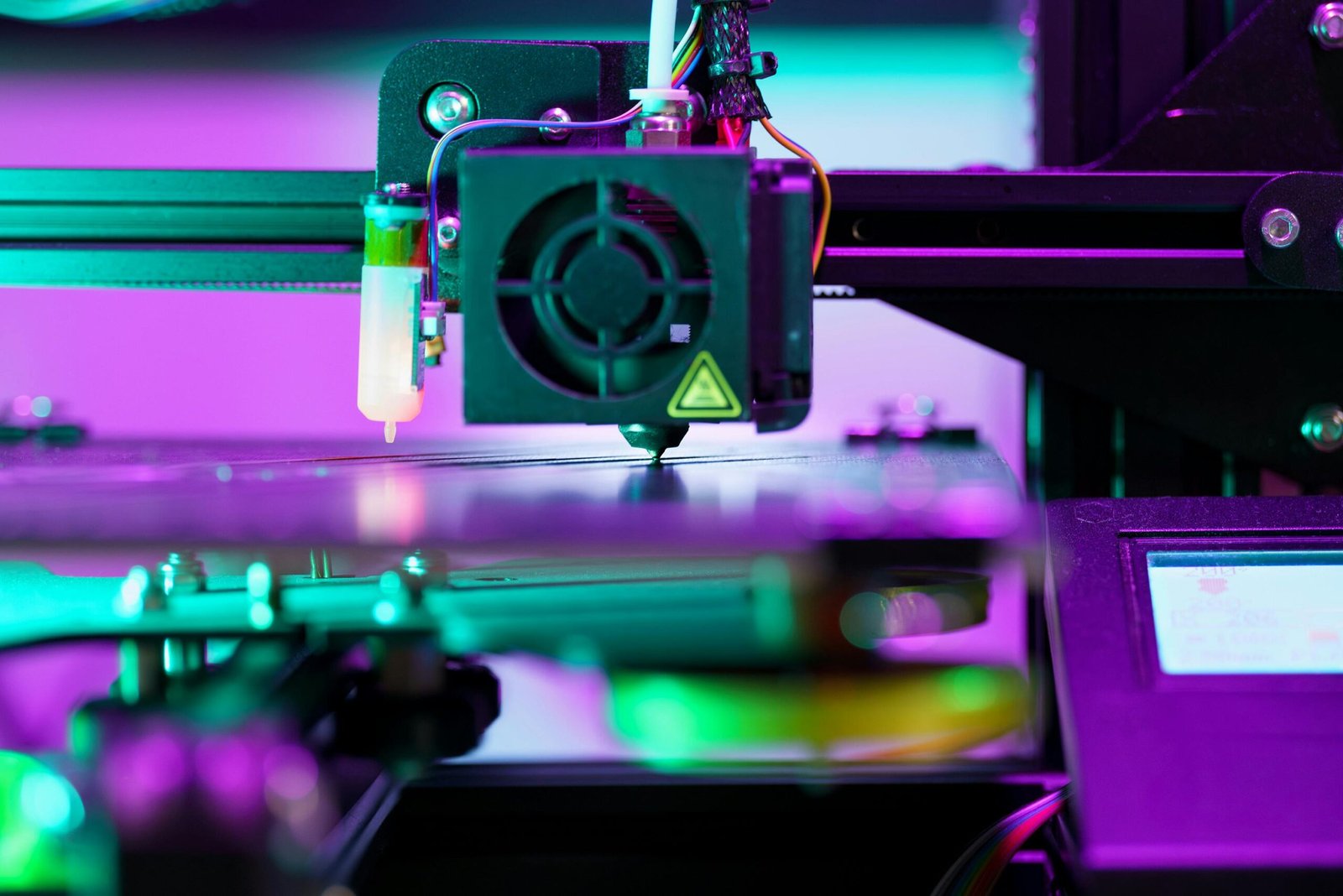Wearable technology has gone way beyond just counting steps and tracking calories. Today, these smart devices are revolutionizing everything—from how we stay fit to how doctors monitor and manage our health. Whether you’re a casual gym-goer or someone managing a chronic condition, wearable tech is making personalized health insights more accessible than ever. Curious about how these tiny gadgets packed on your wrist or clipped to your clothes are changing lives? Let’s explore the incredible journey of wearable tech, from fitness trackers to life-saving healthcare tools, and what the future holds.
What Is Wearable Technology?
Wearables are electronic devices you wear on your body—like smartwatches, fitness bands, smart glasses, and even clothing embedded with sensors—that collect and analyze data about your health and activity.
A Brief History of Wearable Tech
While wearables feel futuristic, their roots go back decades with simple pedometers. The real boom started in the 2010s with devices like Fitbit and Apple Watch, making health tracking mainstream.
Fitness Trackers: The Starting Point
Early wearable tech focused on fitness—counting steps, measuring heart rate, and monitoring sleep. These features motivated millions to move more and understand their bodies better.
Smartwatches: More Than Just Timekeepers
Smartwatches now combine fitness tracking with communication, GPS, music, and even payment features. They’re mini computers on your wrist, syncing with your phone and health apps.
Wearables in Healthcare: A Game Changer
The shift from fitness to healthcare wearables is huge. Devices now monitor blood pressure, blood oxygen levels, ECG, glucose, and more, giving patients and doctors real-time data outside the clinic.
How Wearables Help Manage Chronic Conditions
For people with diabetes, heart disease, or asthma, wearables provide continuous monitoring that can alert them to early signs of trouble, improving outcomes and reducing hospital visits.
The Rise of Remote Patient Monitoring
Especially post-pandemic, healthcare systems are embracing remote monitoring. Wearables enable doctors to keep tabs on patients from afar, making healthcare more proactive and personalized.
AI and Wearables: Smarter Insights
Artificial intelligence analyzes wearable data to detect patterns, predict health issues, and provide personalized recommendations, turning raw data into actionable advice.
Mental Health and Wearables
New devices track stress levels, sleep quality, and mood changes, helping users manage anxiety and depression through biofeedback and mindfulness prompts.
Wearables for Seniors: Independence and Safety
Wearables can detect falls, monitor vital signs, and send alerts, helping older adults live independently while keeping loved ones reassured.
The Fitness-Wellness Connection
Beyond exercise, wearables encourage mindfulness, hydration reminders, and better sleep habits—promoting holistic wellness.
Data Privacy Concerns
With so much personal health data collected, privacy is a top concern. Users should understand what data is shared, how it’s protected, and their rights.
The Future of Wearable Tech
Expect wearables to become smaller, more accurate, and integrated with smart home and medical systems. Innovations like flexible electronics and implantables are on the horizon.
Choosing the Right Wearable for You
Consider your goals—fitness, health monitoring, or both—along with comfort, battery life, compatibility with your devices, and data privacy features.
Tips to Get the Most from Your Wearable
Wear your device consistently, sync data regularly, customize alerts to avoid overload, and combine insights with lifestyle changes for the best results.
Conclusion
Wearable technology is no longer just a cool gadget; it’s a vital tool empowering people to take charge of their health and wellness. From casual fitness fans to patients managing serious conditions, wearables deliver personalized insights that can improve lives. As technology advances, the line between healthcare and consumer gadgets will blur even more, opening exciting possibilities. So whether you’re tracking your steps or monitoring your heart rhythm, wearable tech is here to help you live smarter and healthier.
FAQs
1. Are wearable health devices accurate?
While they provide useful insights, wearable sensors aren’t always as precise as medical-grade equipment. They’re great for trends and alerts but not a substitute for professional diagnosis.
2. Can wearables replace regular doctor visits?
No, but they complement traditional care by providing continuous data that can inform better treatment and early intervention.
3. How do wearables monitor heart health?
Many use optical sensors to detect blood flow and electrical sensors for ECG readings, helping track heart rate, rhythm, and detect irregularities.
4. Is my health data safe on wearable devices?
Reputable brands use encryption and comply with privacy laws, but users should review privacy policies and control app permissions.
5. Can wearables track mental health?
Yes, some devices monitor indicators like heart rate variability, sleep patterns, and stress, offering biofeedback and mindfulness support.




